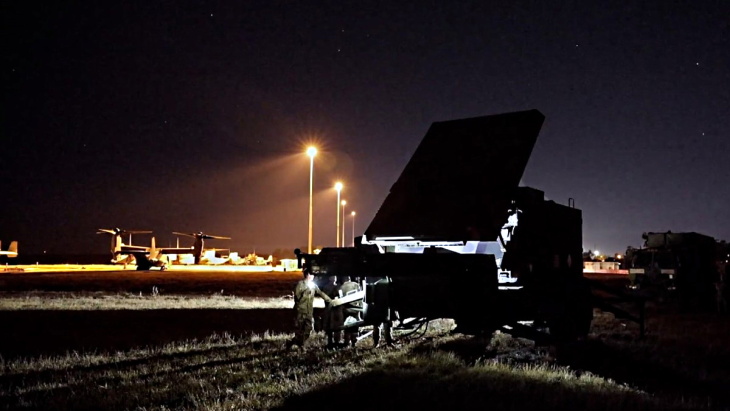The updated Confidence in Safety reports provide a comprehensive summary of the Nuclear Waste Management Organization's (NWMO) understanding of the two potential siting areas based on years of research.
"The release of these Confidence in Safety reports is a key moment in the NWMO’s site selection process because they underscore that either of the sites under consideration can safely host this project," NWMO President and CEO Laurie Swami said. "Safety is at the core of everything we do. It has driven our project design, engineering, environmental research, and community engagement. These reports are the culmination of years of meticulous study by our science and engineering teams, and they represent a major milestone as we prepare to select a site later this year."
The proposed deep geological repository will be constructed roughly 650-800 metres below ground level and encased in a natural shield of solid rock. A series of engineered barriers will ensure the fuel can be isolated safely for many thousands of years.
The process to select a site with "willing and informed" hosts began in 2010. Following years of technical assessment and community engagement, two of the original 22 communities that expressed an interest in learning about the project and exploring their potential two host it remain under consideration. These are the Revell Site, some 43 km northwest of the town of Ignace, and 21 km southeast of the Wabigoon Lake Ojibway Nation; and the South Bruce Site, about 5 km northwest of Teeswater in the Municipality of South Bruce.
Both potential sites are situated in stable, seismically quiet settings with rock formations of the necessary depth, breadth and volume to host the repository, the NWMO said. Studies have found no economically viable resources within the rock, such as minerals, salt, or gas, reducing the possibility of human intrusion in the future.
The latest reports will be used to support continuing dialogue and inform the potential host communities as they make their willingness decisions. A site is expected to be selected later this year. Further technical studies and a regulatory review will then be carried out to confirm the safety of the site and the repository design and safety case. The regulatory and licensing process is expected to take around 10 years to complete.

.jpg)




_50545.jpg)
_28367.jpg)

_76087_55556.jpg)




